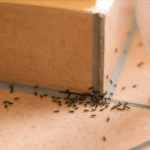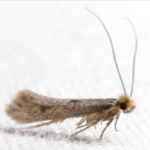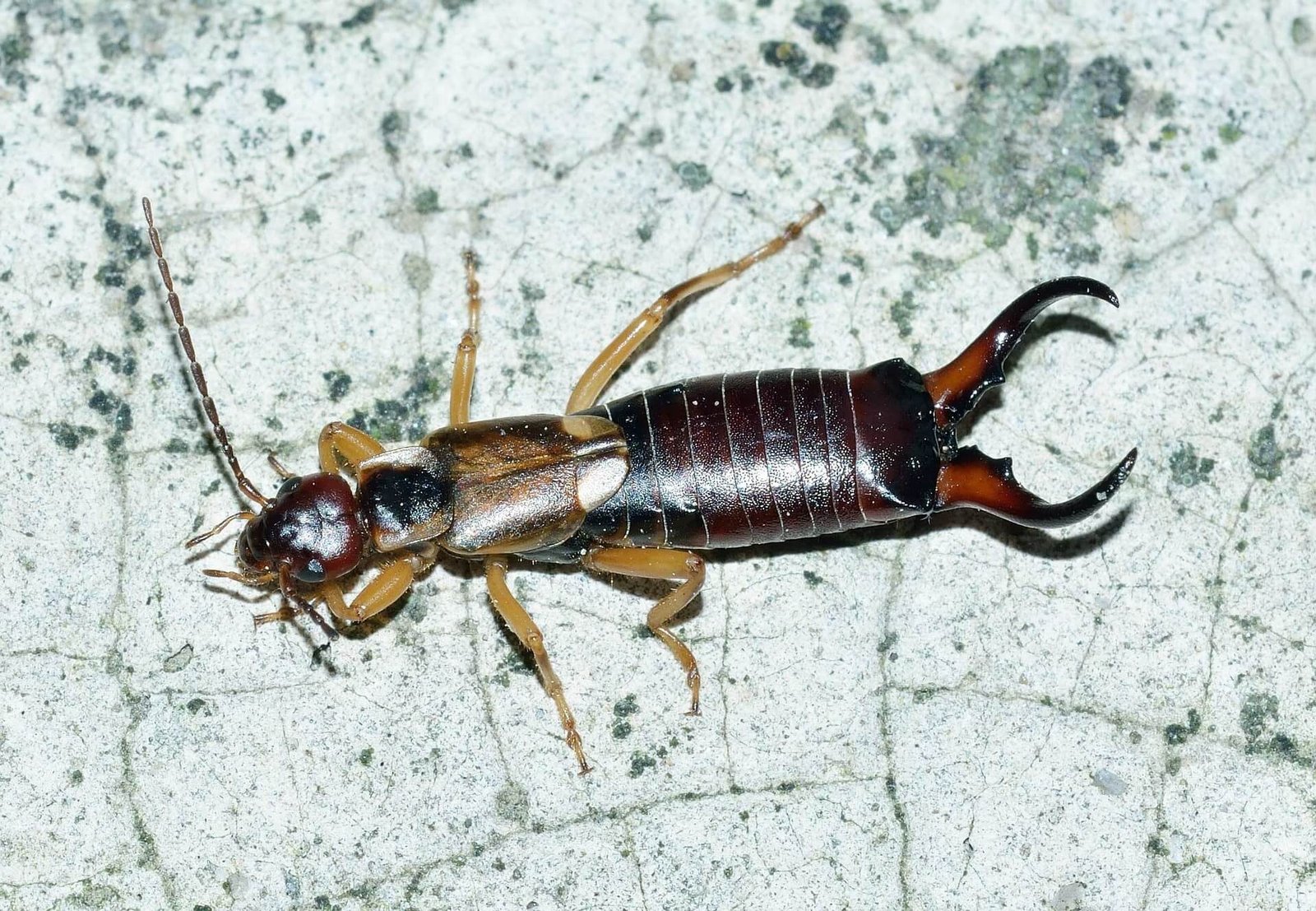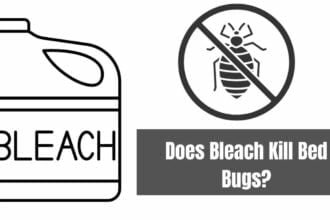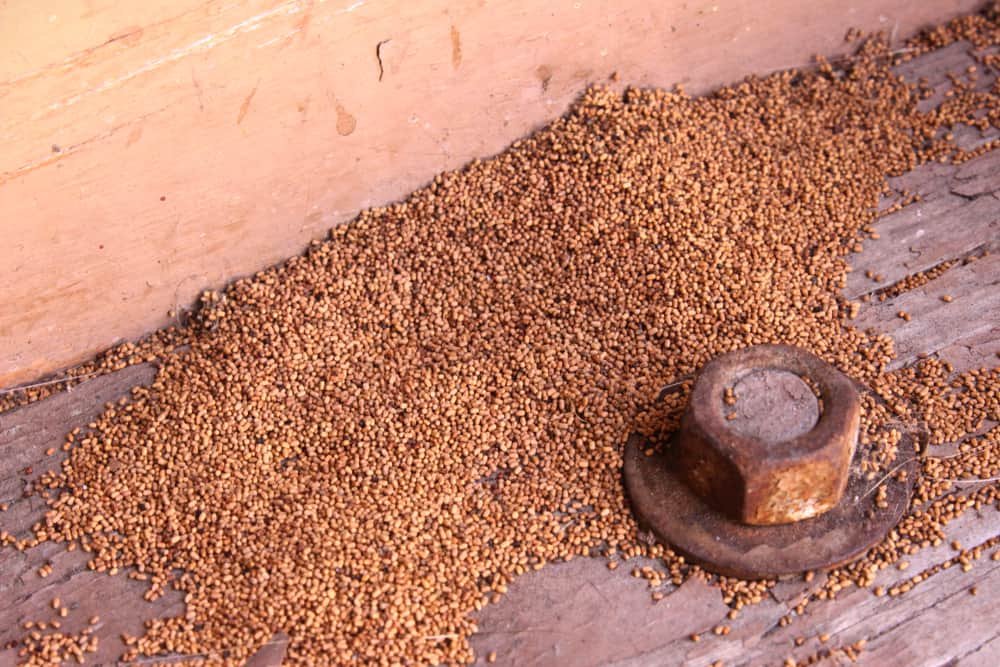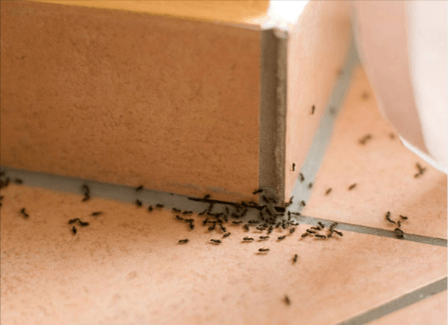Termites are one of the most costly pest infestations ever recorded, costing billions of dollars annually in repair bills. Swarmers, or flying termites, are a major concern because they can swiftly spread to new locations and inflict extensive damage to any wooden structures they find.
There is an annual $5 billion in property damage caused by termites in the United States, according to the National Pest Management Association. In addition, homeowner’s insurance rarely pays for termite damage, therefore taking precautions against them is crucial.
This post will address ways to prevent and treat flying termites from causing harm to your house or company.
The Damage Flying Termites Can Cause
Swarming termites, often known as flying termites, may do a lot of damage to wooden structures and other materials made of cellulose.
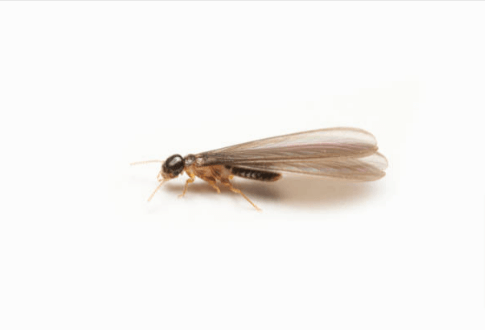
One of the most devastating types of pests that can invade your home or property is the termite. Their feeding habits can lead to expensive and sometimes dangerous structural damage.
Here are some of the ways flying termites can cause damage:
1) Destruction of Cellulose-Based Materials
A flying termite’s diet consists primarily on wood and other cellulose-based items like cardboard and paper. Rapidly destroying buildings, furniture, and anything else made of wood is one of their specialties.
The consequences of ignoring this kind of damage can be dire, including the complete collapse of the damaged structures.
2) Structural Damage to Buildings
Damage to building structures can be substantial from flying termites. They can weaken the integrity of timber buildings by gnawing through support beams, walls, and floors.
This can cause the floor or walls to sag or slant, or even collapse, in extreme circumstances. Termites pose a particularly serious threat to multi-story buildings because their destruction can compromise the stability of the entire building.
3) Effects on Plants and Trees
Plants and trees are also vulnerable to attack from flying termites. They can cause development retardation or even death by feeding on the bark and sapwood.
In addition, they can reduce a tree’s structural integrity, leaving it more vulnerable to wind and other forms of natural disaster. Loss of natural habitat for animals and birds is a serious concern, especially in places with a high tree density.
4) Economic Impact
Termites that can fly can have a major effect on the economy. Repairing termite damage, especially to a building’s structure, can be rather pricey. In addition, businesses and families may suffer financial losses due to an infestation if they are forced to close or leave their buildings until the problem is resolved.
Termite infestations can be costly to treat and avoid because they require the use of expensive chemicals and specialist equipment.
Prevention
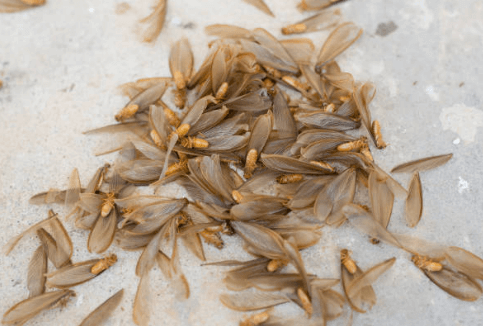
1) Regular Inspections
In order to catch indicators of termite activity and infestation early, regular inspections by a registered pest control professional are essential. In locations with a high risk of termite activity, the inspection should be performed more frequently than once a year.
The inspector will examine the premises for signs of termite infestation, including as mud tubes, shed wings, and wood damage, and then make treatment recommendations as needed.
2) Reducing Moisture and Humidity
Since termites prefer damp places to live, lowering the relative humidity within and around a building might make it less enticing to them. This can be accomplished by repairing any broken pipes or faucets, replacing any rotten shingles or gutters, increasing the airflow in any enclosed crawl spaces or attics, and directing water away from the house’s foundation with working downspouts, splash blocks, and grading.
3) Proper Wood and Cellulose Storage
To prevent termite infestation, keep wood and other cellulose-based products at least six inches off the ground and far from the building’s foundation. To prevent providing termites with a suitable habitat, they should be maintained dry and well-ventilated as well.
4) Use of Termite-Resistant Materials
Termite infestations can be avoided by using termite-resistant materials in building projects. Concrete, steel, brick, and pressure-treated wood are all examples of materials that may withstand attacks from termites.
Many construction components are made from pressure-treated wood, which has been chemically treated to prevent termite infestation and rot.
5) Chemical Barriers and Bait Systems
Common methods of preventing and managing termite infestations include the use of chemical barriers and bait systems. To prevent termites from entering a building, a chemical barrier can be laid down around the perimeter of the foundation.
Bait systems lure termites with poison and kill them slowly. Stations are set up around the building’s exterior with the bait, which is then consumed by the termites and dispersed throughout the colony.
Treatment
Termite infestations can be treated in a number of ways, from hiring a pest control company to doing it yourself. Specifics about each are provided below.
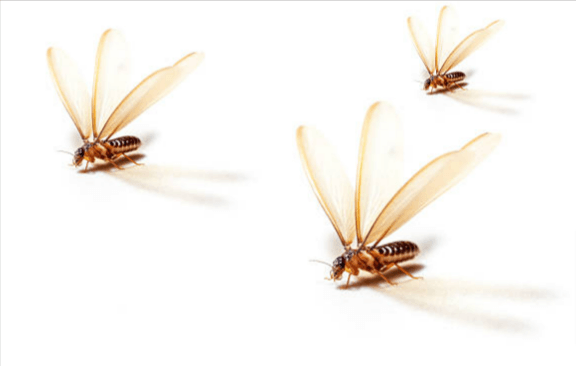
A. Professional Pest Control Services:
A standard part of any pest control service is an inspection of the affected area to ascertain the severity of the problem and plan an appropriate course of action. Pest control companies have access to powerful chemicals and sophisticated equipment that can wipe out even the most stubborn termite infestations.
Professionals may use a variety of methods to get rid of termites, such as liquid termiticides, termite baits, and heat treatments. The most efficient and, unfortunately, expensive method of eradicating termite infestations is to hire a professional pest control agency.
B. DIY Options
Although DIY termite treatments can save you money, they may not be as successful as hiring a professional.
1) Liquid Termiticides
Chemical liquid termiticides are put to the soil surrounding a building’s foundation to form a chemical barrier that keeps termites out.
Homeowners can purchase liquid termiticides from hardware stores and apply them themselves; nevertheless, it is crucial that they follow the manufacturer’s instructions precisely to avoid any unintended consequences.
2) Termite Baits
Bait stations, filled with slow-acting toxic baits designed to attract and kill termites, are set up around the perimeter of a building. The efficiency of termite baits, which are typically employed as a long-term preventative treatment, depends on constant inspection and upkeep.
3) Heat Treatments
Termites can be killed with heat by heating the affected area to temperatures over their survival threshold. Although this type of treatment shows promise, it calls for unique resources and knowledge to be implemented effectively.
C. Removal and Replacement of Damaged Materials
In extreme situations of termite damage, it may be required to remove and replace damaged materials to ensure the building’s structural integrity. The infested wood and other components are removed and replaced with new ones that are resistant to termites using this procedure.

